
Is T/C Heating Coral Fleece the Future of Winter Fabrics? Key Benefits Innovations
As demand for high-performance, energy-efficient textiles grows, T/C heating coral fleece has emerged as a leading material in the winter fabric market. Combining the durability of polyester-cotton (T/C) blends with advanced thermal retention properties, this innovative fabric addresses both comfort and sustainability needs. Unlike traditional fleece or wool, T/C heating coral fleece leverages its unique structure to trap warmth while remaining breathable and lightweight.
Why Is T/C Heating Coral Fleece Gaining Popularity?
The rise of T/C heating coral fleece can be attributed to several factors, including its energy efficiency, superior performance, and cost-effectiveness. In an era where sustainability is a priority, fabrics that minimize energy consumption without sacrificing warmth are in high demand. Unlike conventional fleece, which primarily insulates through thickness, T/C heating coral fleece uses a specialized knit structure to reflect body heat, reducing the need for additional heating sources.
Another advantage is its moisture-wicking capability. While traditional fleece can retain sweat, leading to discomfort, T/C heating coral fleece efficiently manages moisture, making it ideal for both loungewear and activewear. Additionally, its blend of polyester and cotton ensures durability while maintaining a soft texture, outperforming pure synthetic alternatives that may pill or lose shape over time.
Cost-wise, T/C heating coral fleece offers a competitive edge over natural materials like wool or down, which require specialized care and are often more expensive. Its machine-washable nature and resistance to shrinkage make it a practical choice for everyday use. These factors collectively contribute to its growing dominance in the winter textile market.
How Does the Heating Technology Work?
The thermal efficiency of T/C heating coral fleece stems from its unique construction and material composition. The fabric’s raised coral-like fibers create tiny air pockets that trap warmth, similar to the insulating principles of down feathers but without the bulk. Additionally, some advanced variants incorporate infrared-reflective coatings or metallic yarn blends to enhance heat retention.
A key distinction between T/C heating coral fleece and conventional fleece lies in its heat distribution. While standard fleece relies on thickness for insulation, this fabric optimizes heat reflection, ensuring even warmth without excessive weight. The polyester component enhances quick-drying properties, while cotton adds breathability, preventing overheating.
Below is a comparison of T/C heating coral fleece with other common thermal fabrics:
| Feature | T/C Heating Coral Fleece | Traditional Fleece | Wool |
|---|---|---|---|
| Heat Retention | High (reflective technology) | Moderate (thickness-dependent) | High (natural fibers) |
| Moisture Management | Excellent (wicking + breathability) | Fair (can retain moisture) | Good (natural absorption) |
| Durability | High (resists pilling) | Moderate (may pill over time) | Variable (prone to wear) |
| Care Requirements | Machine-washable | Machine-washable | Hand-wash recommended |
This combination of features makes T/C heating coral fleece a versatile choice for various climates and activities.
Applications & Market Trends
The versatility of T/C heating coral fleece has led to its widespread use across multiple industries. In apparel, it is increasingly favored for activewear, base layers, and outdoor gear, where lightweight warmth is essential. The athleisure trend, which prioritizes both functionality and comfort, has further boosted its adoption. Unlike bulkier alternatives, this fabric allows for sleek, form-fitting designs without compromising insulation.
Home textiles represent another major application. As consumers seek cozy yet sustainable home solutions, T/C heating coral fleece has become a popular choice for blankets, throws, and bedding. Its ability to retain heat efficiently aligns with the growing “hygge” trend, which emphasizes comfort and warmth in home decor.
Sustainability also plays a crucial role in its market appeal. With increasing awareness of textile waste, manufacturers are exploring recycled polyester blends in T/C heating coral fleece, reducing environmental impact without sacrificing performance. This aligns with global initiatives to promote circular fashion and reduce carbon footprints in textile production.
Challenges & Future Outlook
Despite its advantages, T/C heating coral fleece faces some challenges. One concern is breathability—while the fabric excels at heat retention, some variants may struggle with ventilation in high-activity scenarios. Innovations in fiber engineering, such as micro-ventilation channels, could address this issue in future iterations.
Another consideration is cost. While more affordable than premium natural fibers, advanced T/C heating coral fleece with infrared or phase-change technologies can be pricier than basic fleece. However, as production scales and technology advances, prices are expected to become more competitive.
LATEST POST
Let’s create something amazing together
contact usDon't hesitate to contact when you need us!



 English
English 한국어
한국어 中文简体
中文简体

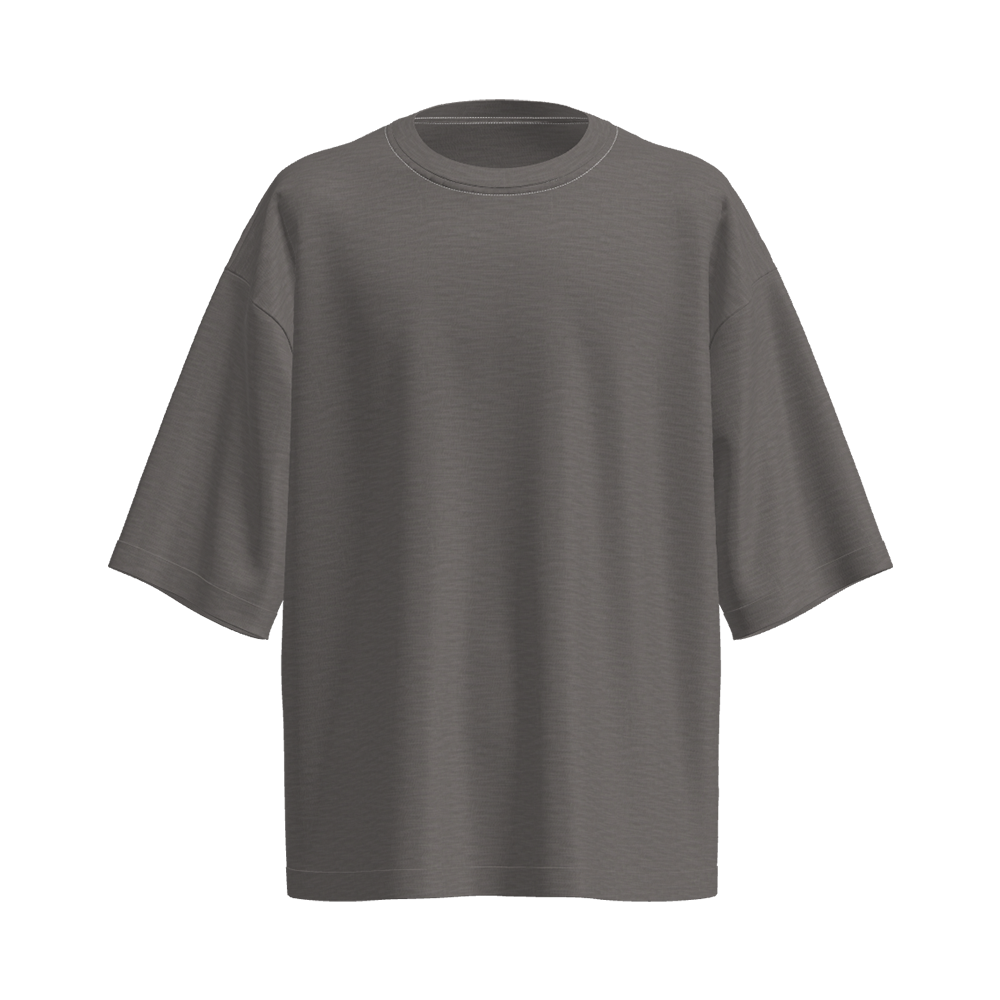
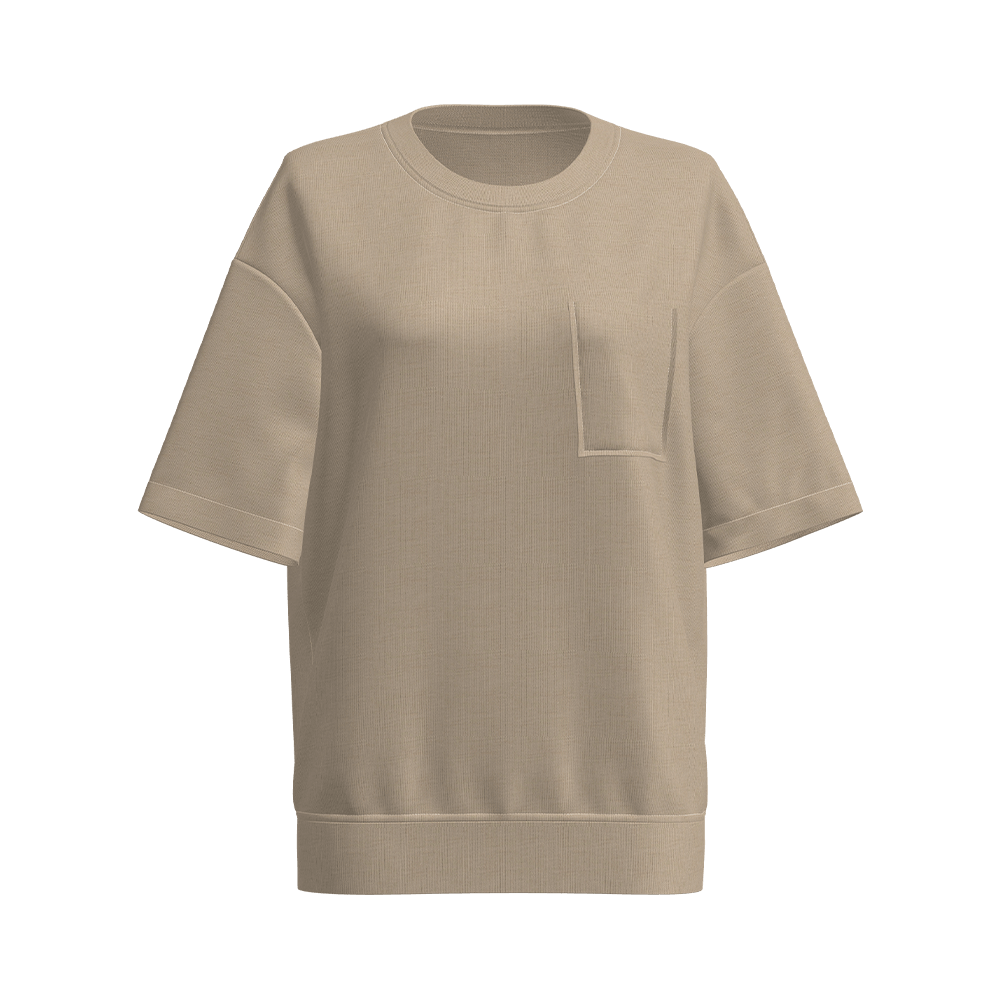
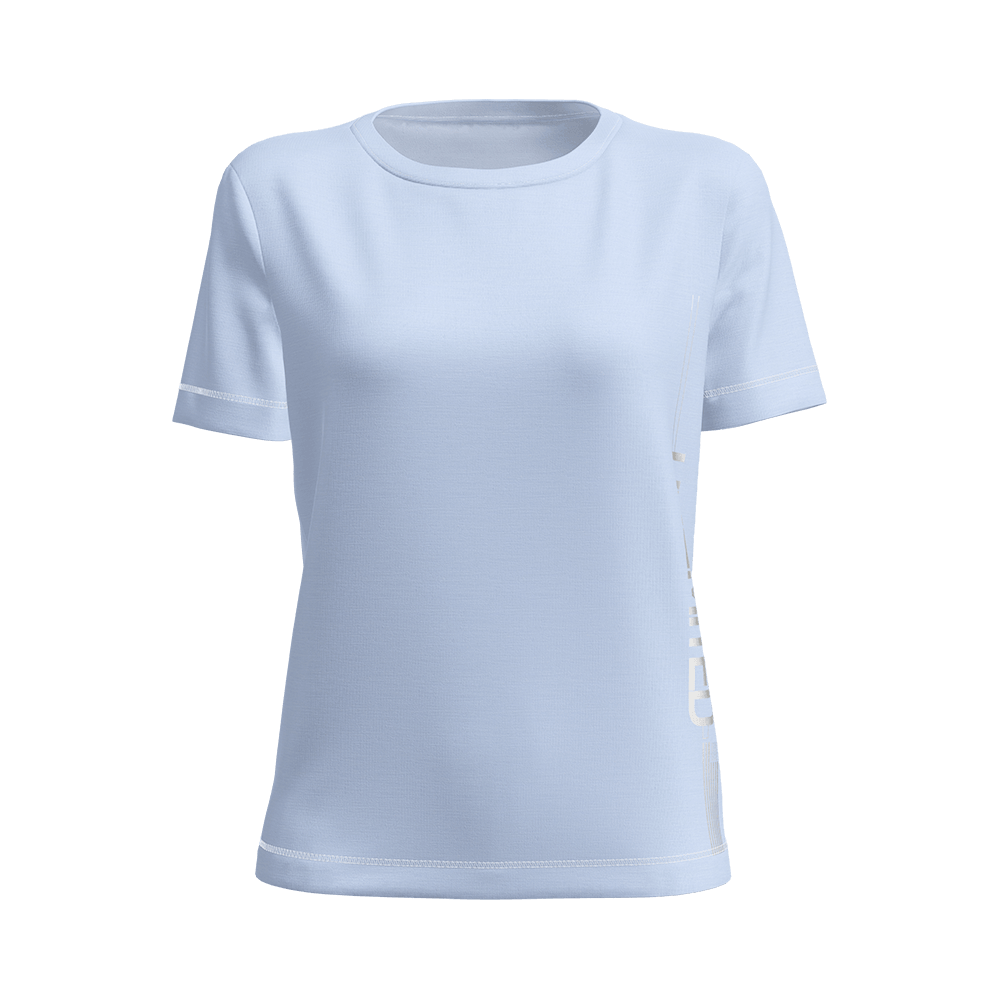

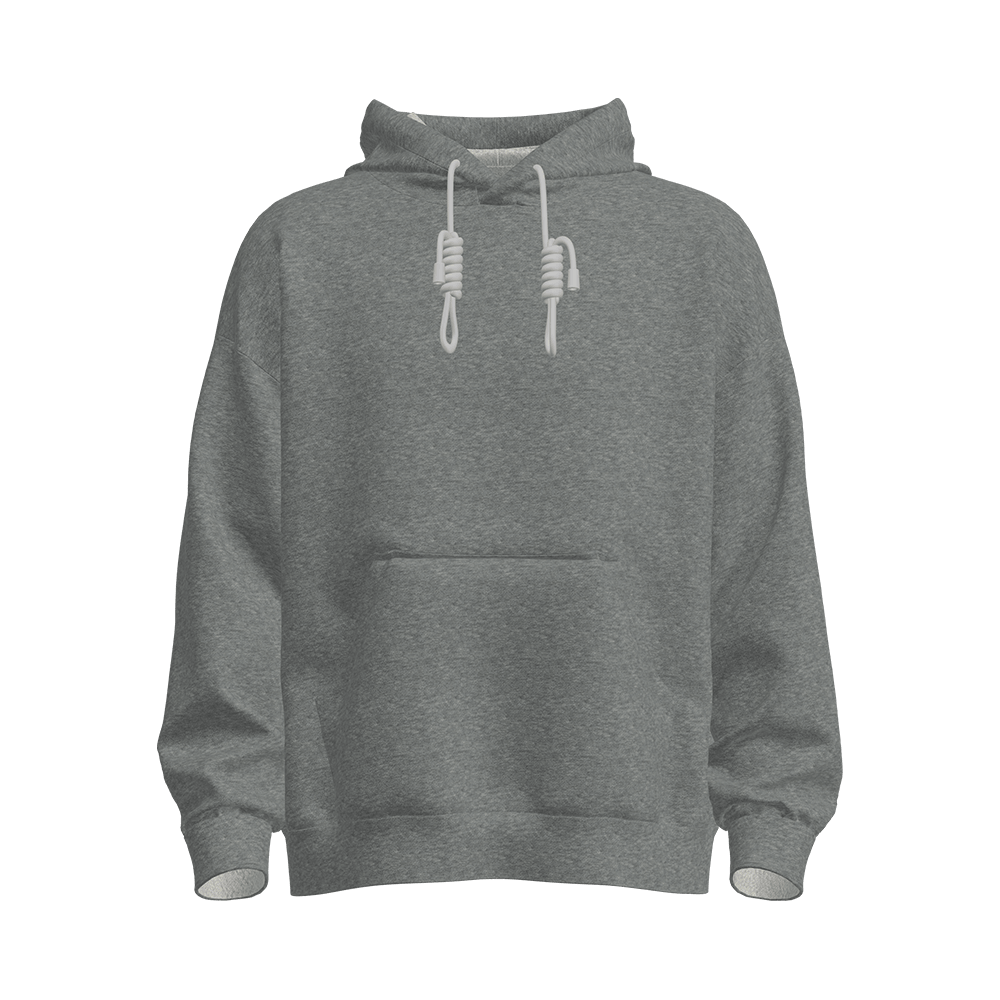
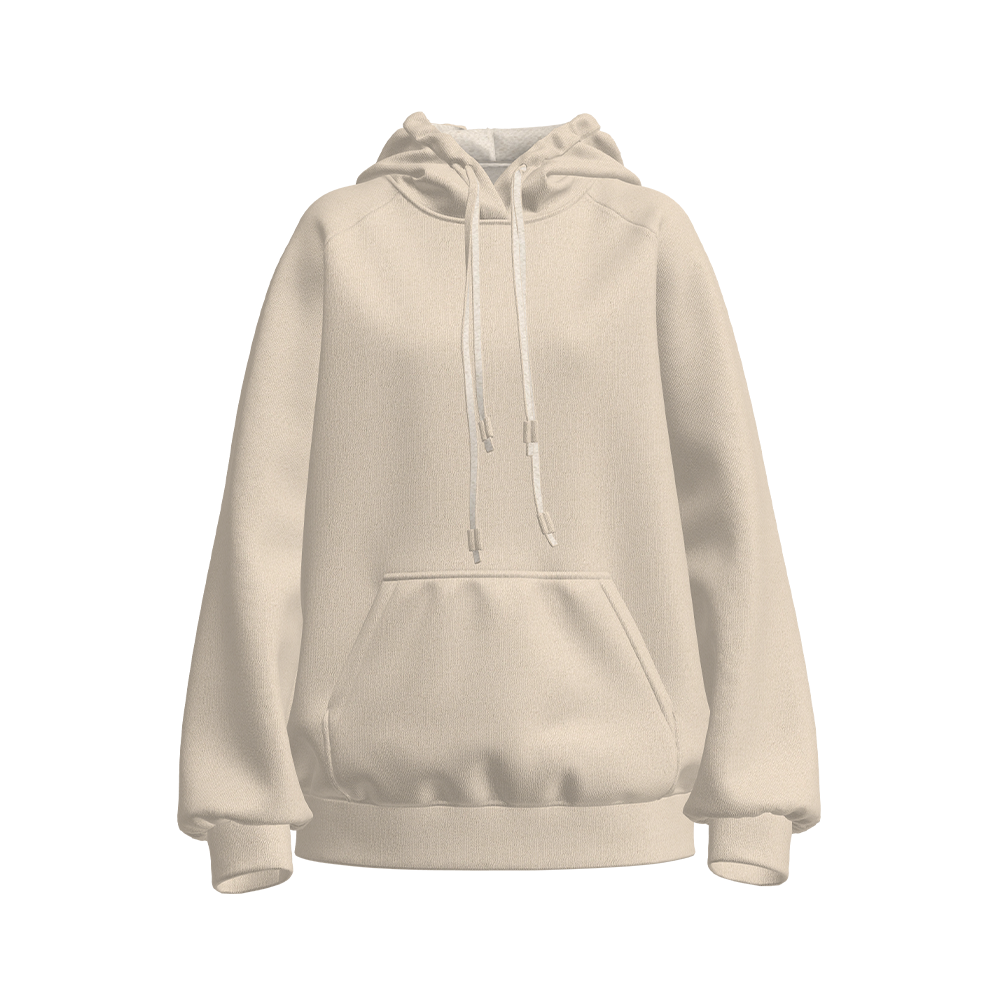


 +86-512-52528088
+86-512-52528088 +86-512-14546515
+86-512-14546515

